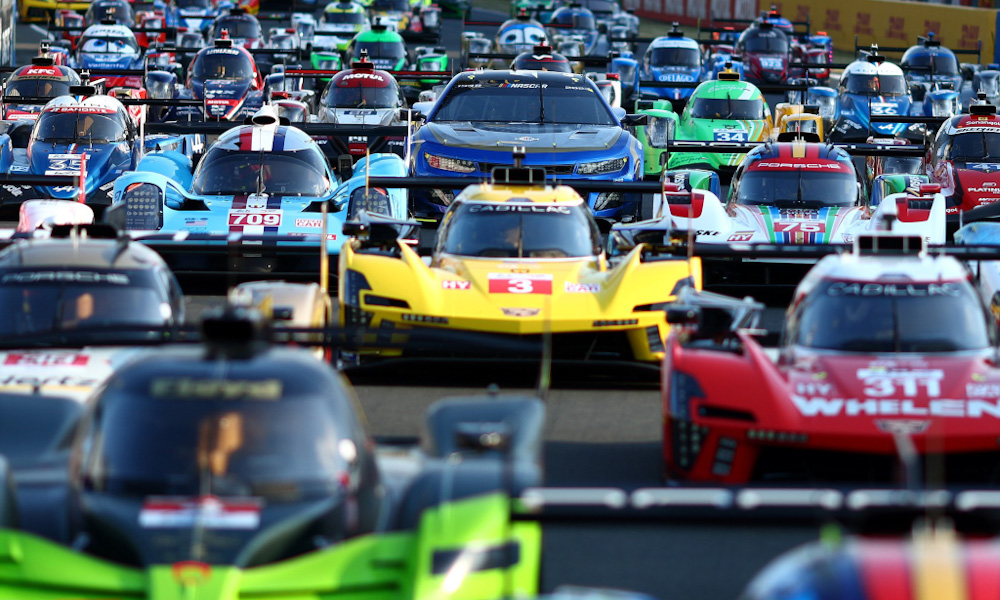
The centenary running of the 24 Hours of Le Mans did not fail to disappoint.
The numbers showed it with an impressive 16 Hypercars, 24 LMP2 cars, and 21 LM GTE cars (production-based sports cars similar to GT3-spec cars), making for a total of 61 cars on the grid, with a further 10 more cars on reserve.
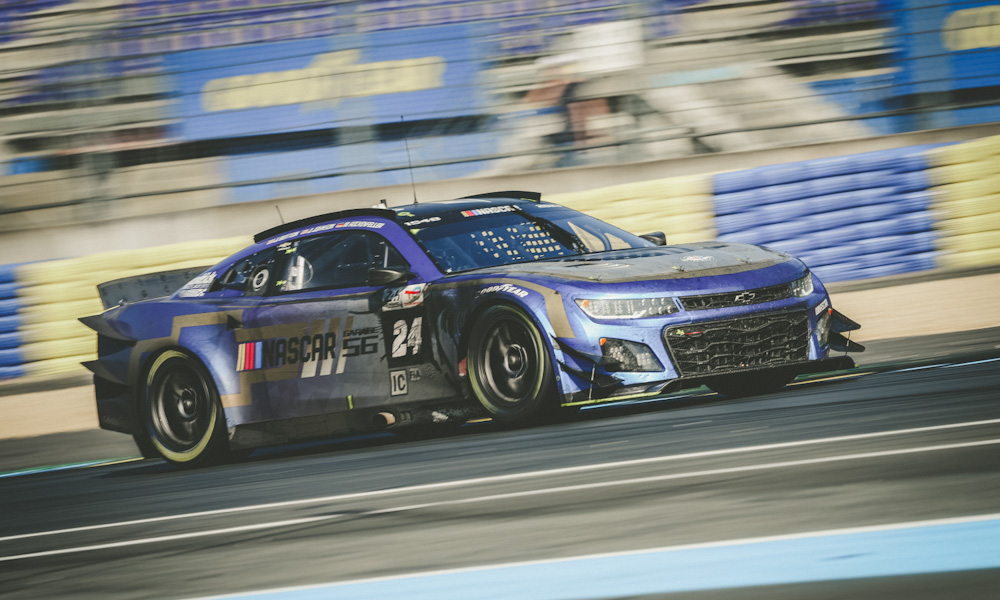
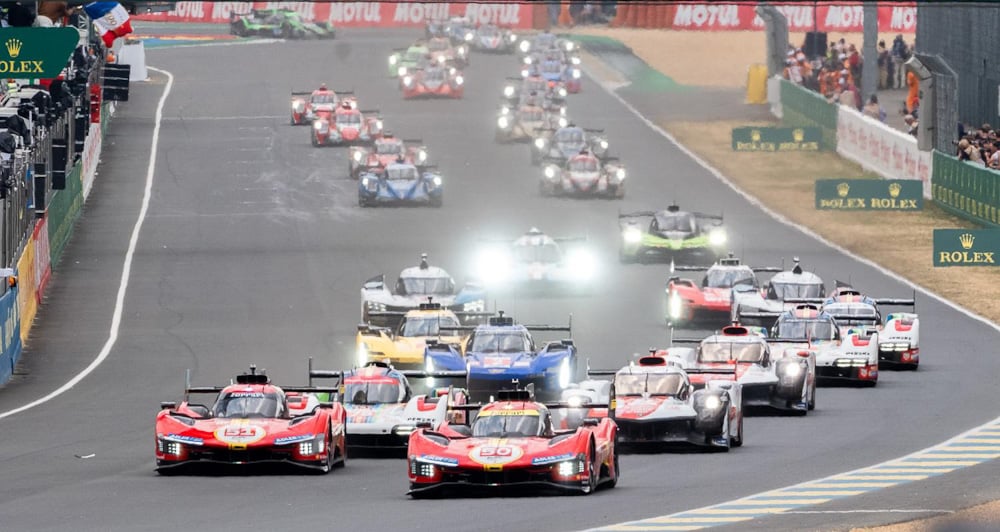
There was also one car in the innovative car category: Garage 56’s Next Gen NASCAR Camaro, which had been tweaked for Le Mans.
What’s most impressive was the hypercar class: 16 cars in total, one of the biggest fields in the top category for the French classic in recent times. That number is expected to grow even further in 2024 as BMW, Lamborghini, and Alpine are set to join Ferrari, Toyota, Peugeot, Glickenhaus, Cadillac, Vanwall, and Porsche.
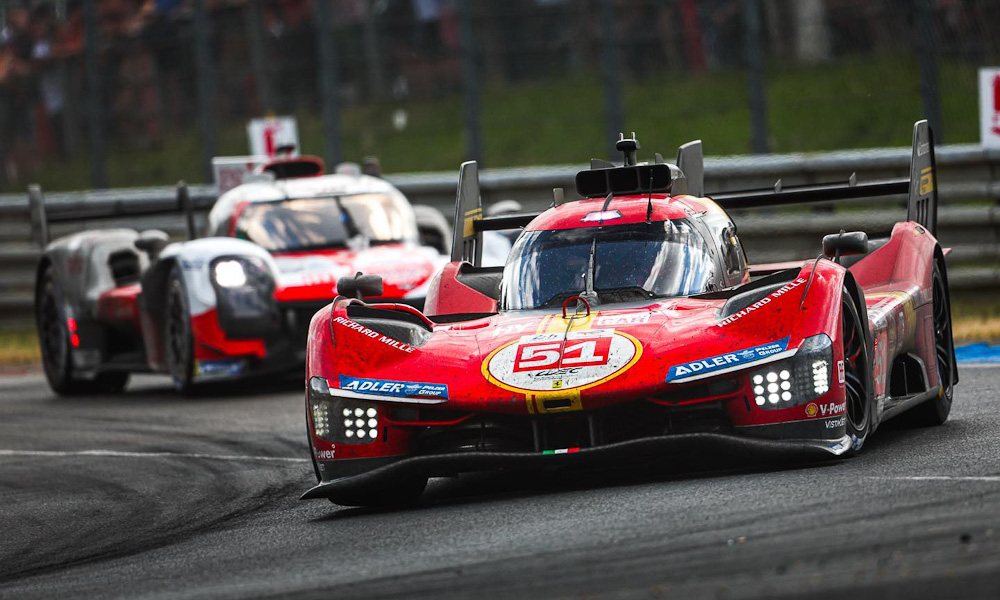
The main story, of course, is how Ferrari, after an absence of 50 years at the top category in Le Mans, returned for a fairy-tale win beating out rivals from Toyota, the top-seeded team coming into said event.
The Japanese automaker has won Le Mans five consecutive times in an era where many critics claim that it never had any serious opposition until this year. With this win, Ferrari becomes one of the winningest teams in Le Mans history with 10 overall victories, trailing Audi (13 wins) and Porsche (the absolute master of the famed French classic with 19 victories).
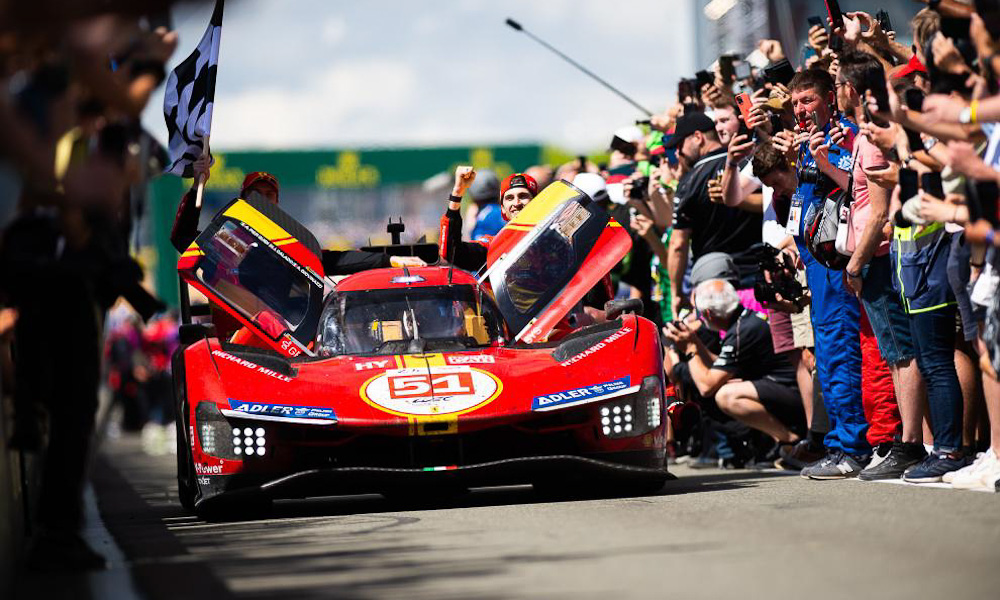
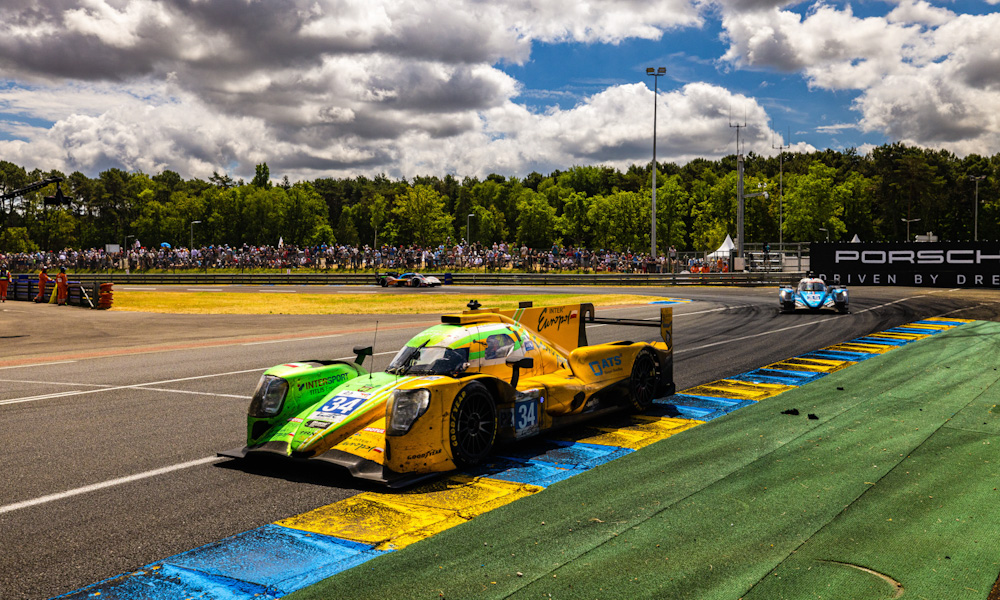
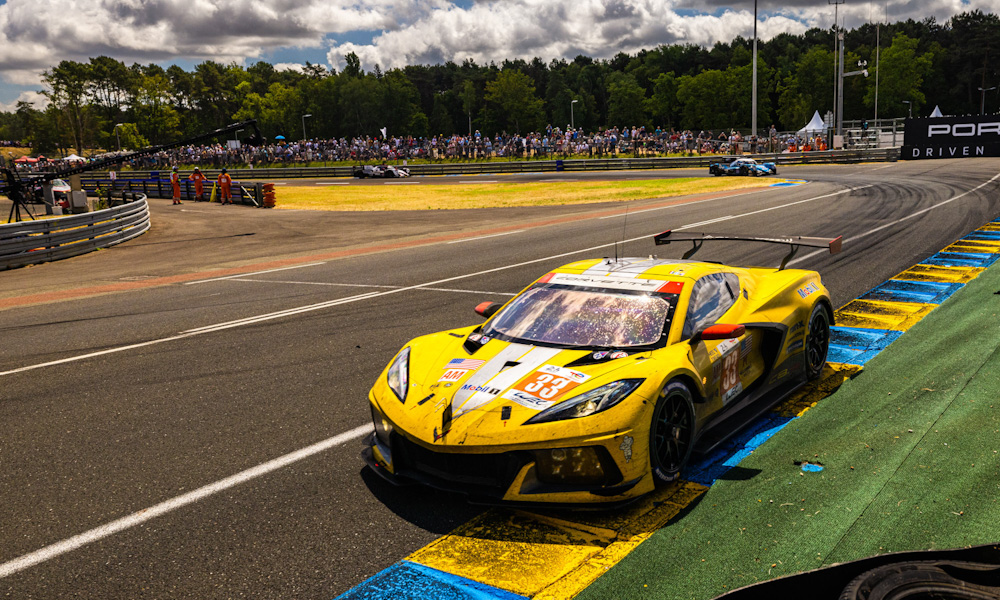
It was Car No. 51 that emerged triumphant, driven by Italian Alessandro Pier Guidi driving the last stint, together with fellow Italian Antonio Giovinazzi and British James Calado, standing atop the podium in the end, covering 342 laps in 24 hours. Ferrari last won the overall race at Le Mans in 1965.
Toyota’s GR010 No. 8 took second place, while the Cadillac No. 2 took third step on the podium. In the LMP2 Category, Inter Europol took top honors, while in GTE-Am, Corvette Racing triumphed over rivals from Porsche and Aston Martin.
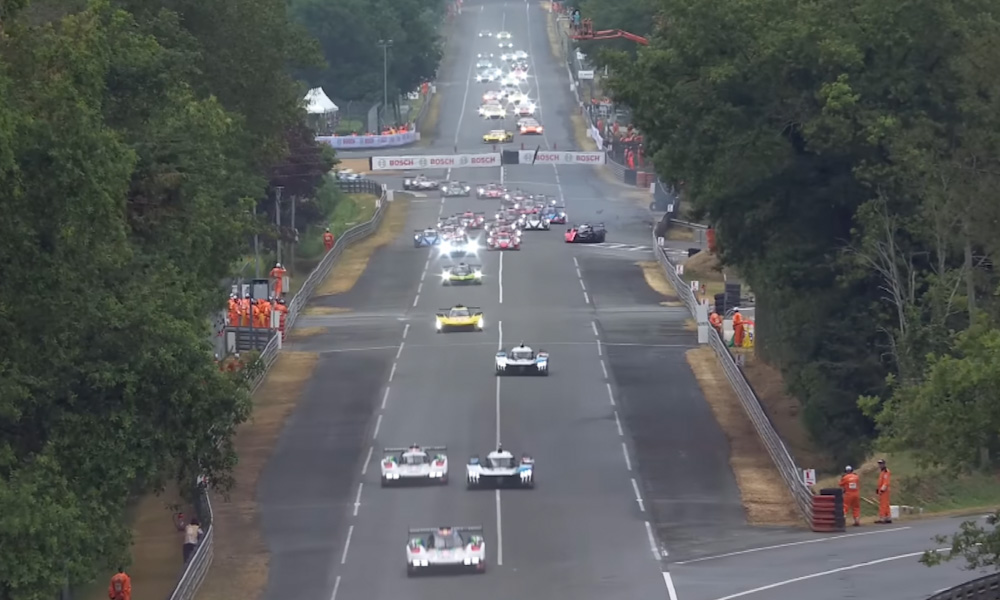
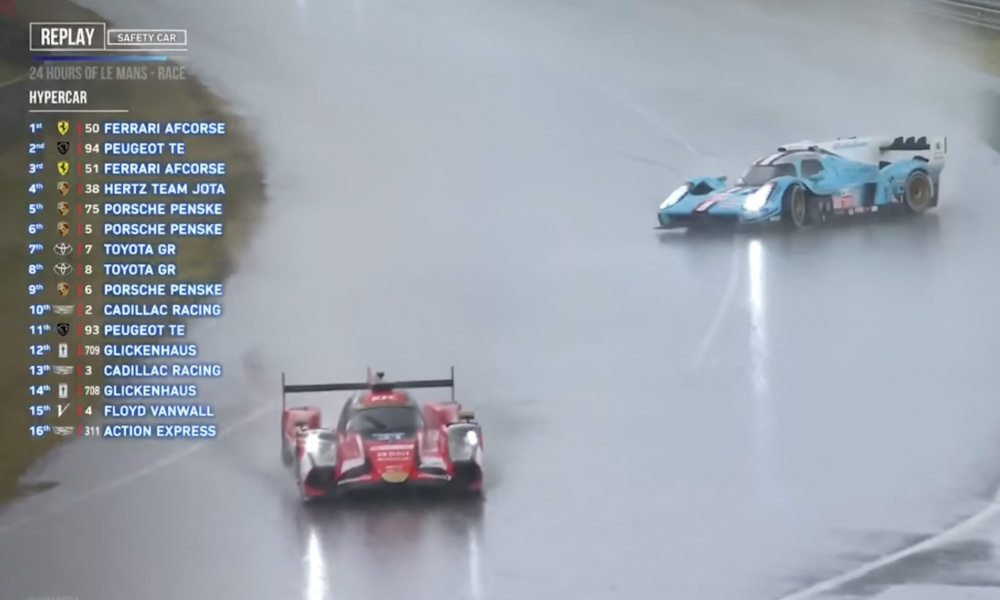
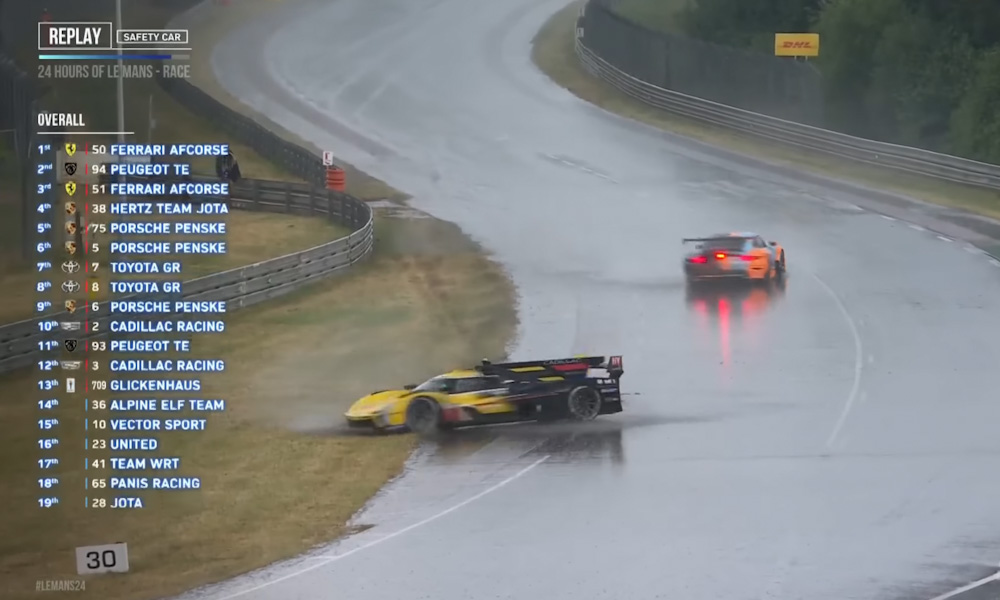
The race started with drama right off the bat, as the conditions worsened with summer showers that flooded parts of the track which caught many drivers out.
On the first racing lap, a collision immediately stopped the racing as one of the cars spun and damaged the Armco barriers that necessitated the deployment of three safety cars while the barrier was repaired and the vehicle was cleared.
In a racetrack that’s roughly two to four times longer than a typical circuit at 13.626km, it will take an eternity (in racing terms) to gather all the cars safely together before racing can begin once again.
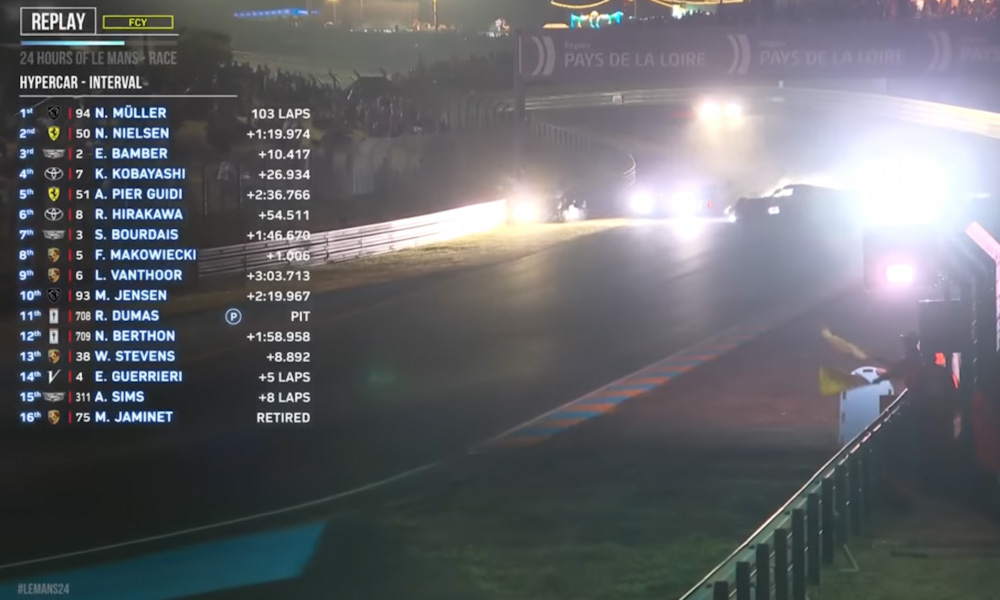
There were accidents, of course, the most saddening of which was perhaps the nighttime accident involving the Toyota GR010 No. 7 driven by Kamui Kobayashi.
It was rear-ended after 10 hours and 103 laps, with substantial damage to the drivetrain that punctured both rear tires. This left the Toyota stranded on track, unable to return to the pits for repairs—thus retiring for good.
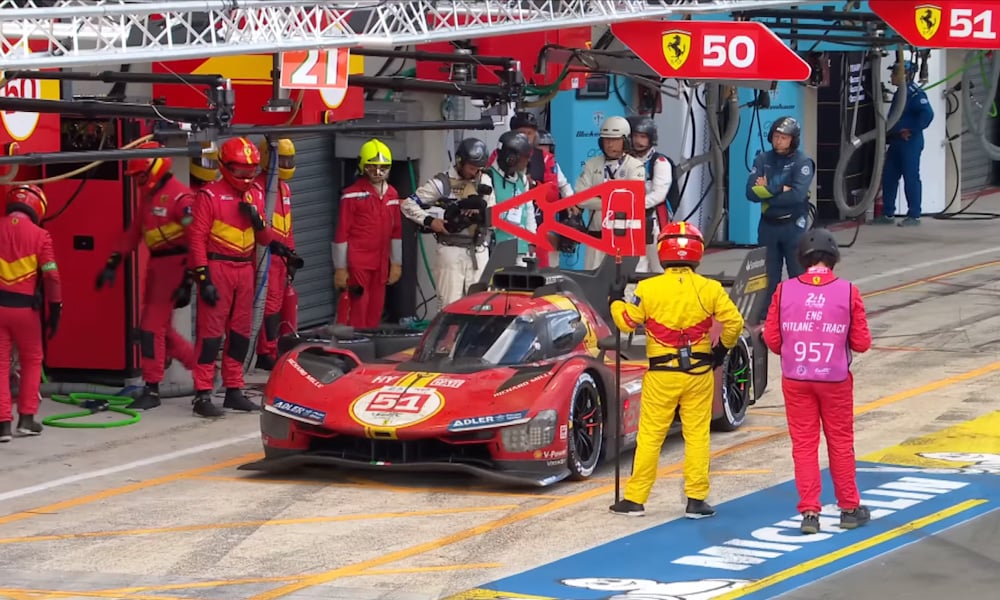
But even the winning Ferrari had a close call: After the final pit stop, Guidi could not restart the car. He had to reset the car’s electronics and cycle through its functions, which felt like ages before the car restarted and rejoined the race while still maintaining the overall lead.
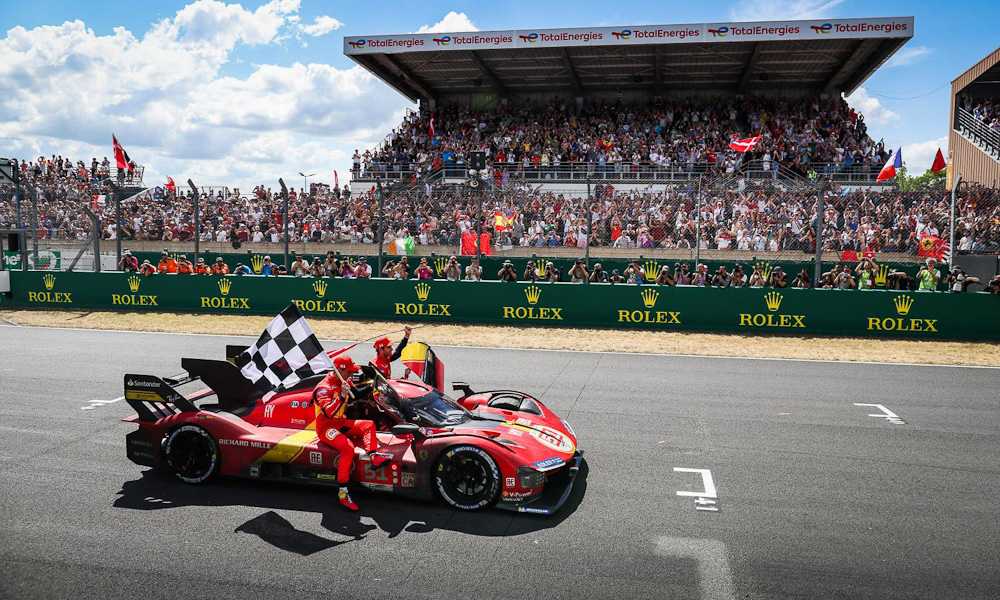
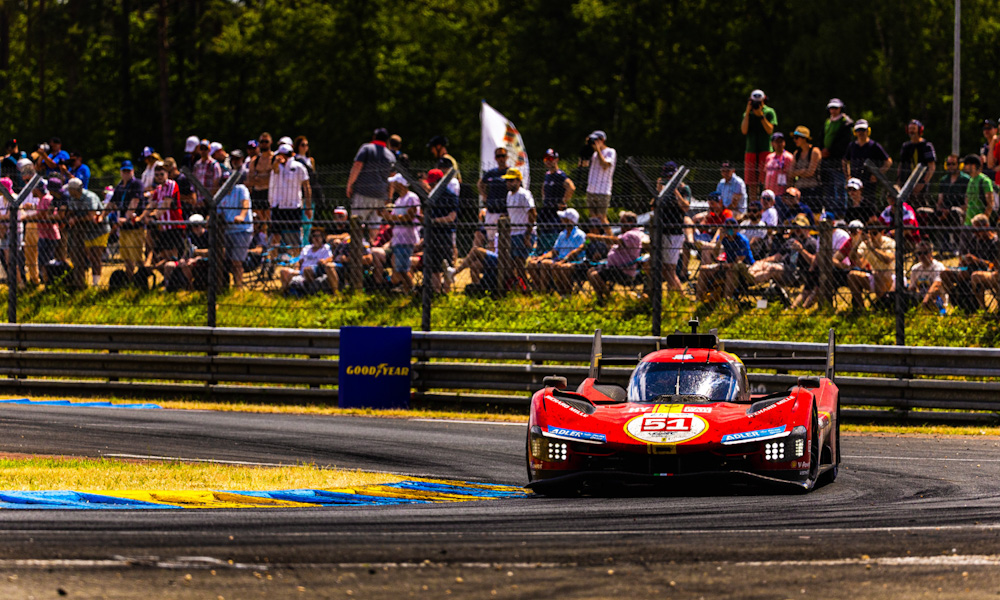
It wasn’t just trackside where the numbers were impressive: There were 300,000 spectators who came to watch the race live, making it one of the biggest live spectator sport events.
The Automobile Club de l’Ouest (ACO), the organizer of the 24 Hours of Le Mans, sold Green Tickets for those that came by electric or hybrid cars, train, tram, carpool or bicycle.
ACO president Pierre Fillon says that over 70% of carbon emissions associated with the race comes from the spectators and not the racing cars themselves.
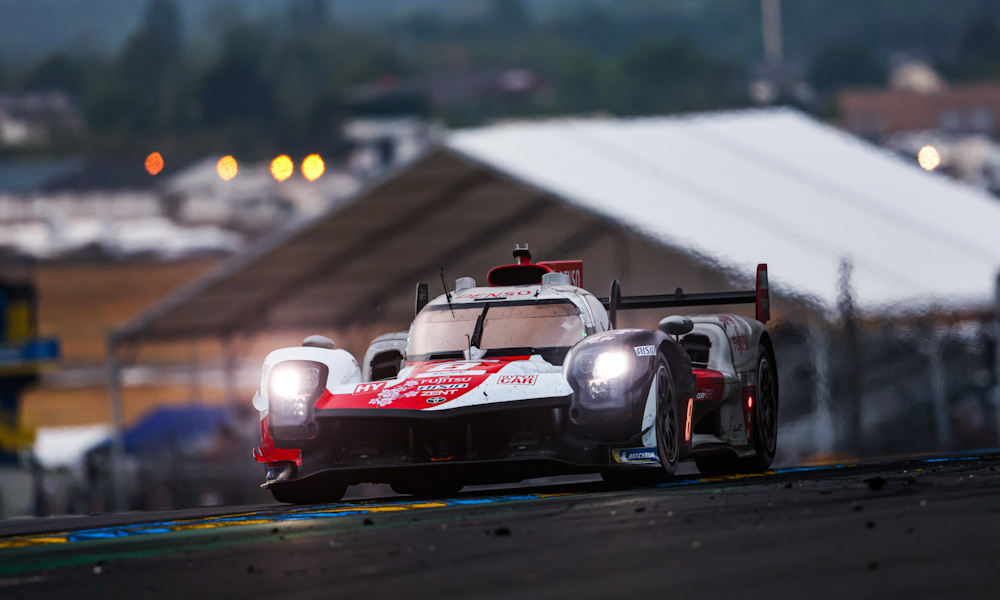
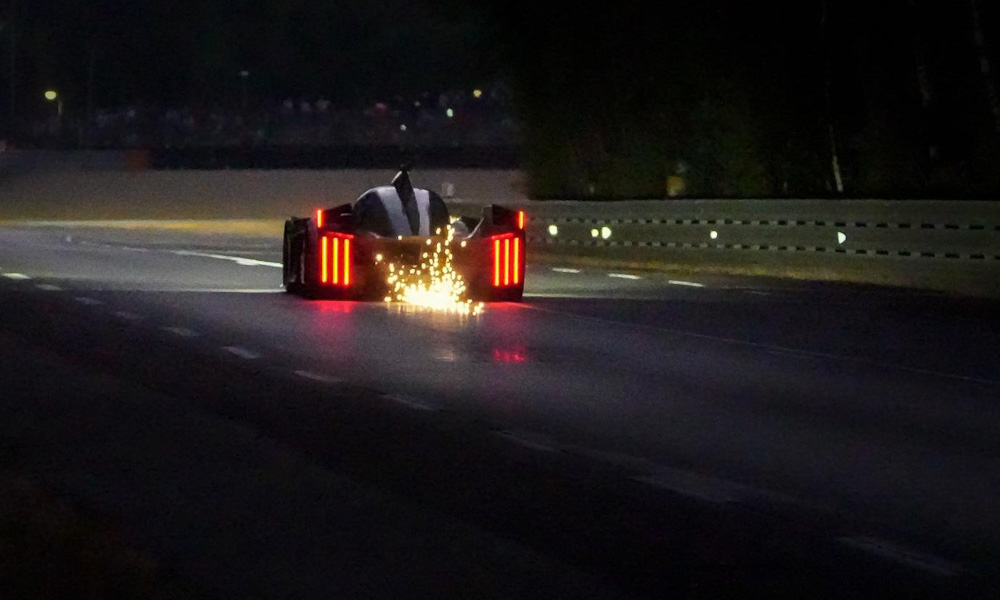
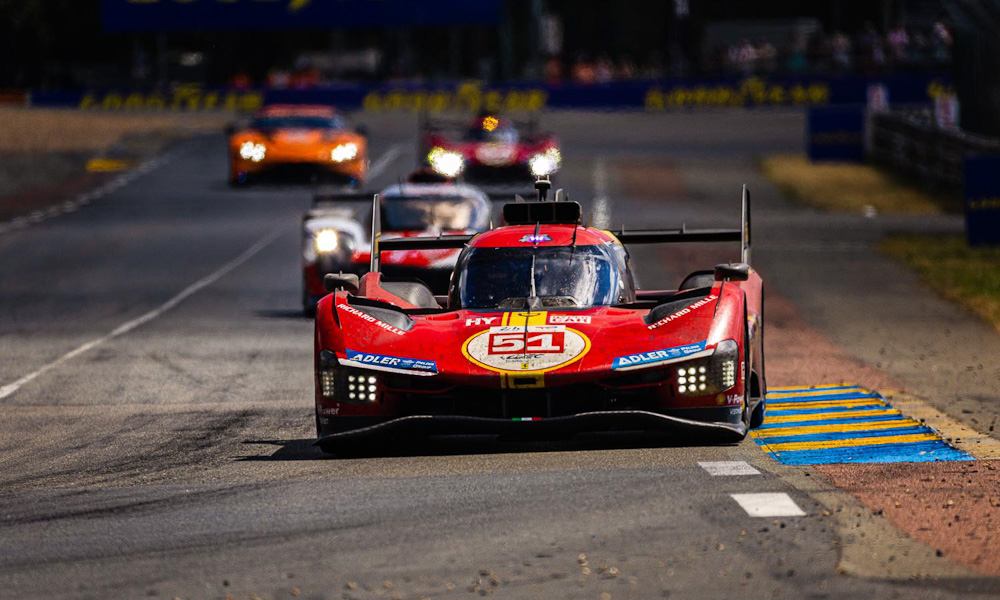
But to help reduce its carbon footprint further, today’s Le Mans race cars run on sustainable e-fuels and are making the switch to hydrogen power in a few years. The cars utilize more recycled and recyclable parts as well.
Exciting times are ahead for sports car racing, especially if F1 seems rather too dramatic and Hollywood-ish for you (no thanks to Drive to Survive). Welcome to a new golden age of proper sports car racing.


0 Comments